WHY SUPER2 IS OUT OF TIME
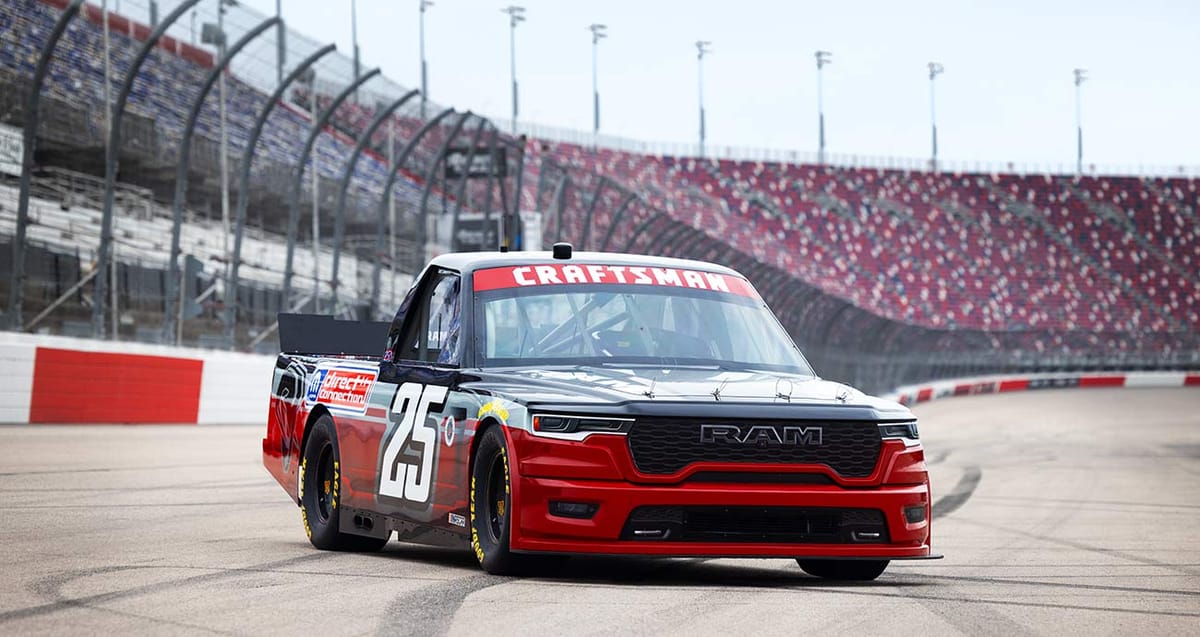
The dramatic return of RAM to NASCAR truck racing in 2026 in the USA should be the wake-up call Australian motorsport needs.
It's time to scrap Super2 and rebuild the SuperUte concept as a true Supercars feeder series.
The RAM announcement brings a four-way contest back to NASCAR's Craftsman Truck Series in 2026 after a 13-year absence, as it joins Ford, Chevrolet, and Toyota.
RAM CEO Tim Kuniskis didn't mince words about the brand's aggressive intentions, promising to do things "unlike anyone else" with four to six trucks at the US season's Daytona opener.
But this isn't just another manufacturer announcement – it's a validation of the truck racing formula. NASCAR's Craftsman Truck Series represents everything a successful feeder category should be: manufacturer relevance, clear pathways to higher categories, and vehicles fans recognise and buy.
Meanwhile, Australia's Super2 is trapped in an expensive, outdated model, failing competitors and fans alike.
It's time for radical change: replace Super2 with a re-imagined SuperUte series built on the American truck racing model.
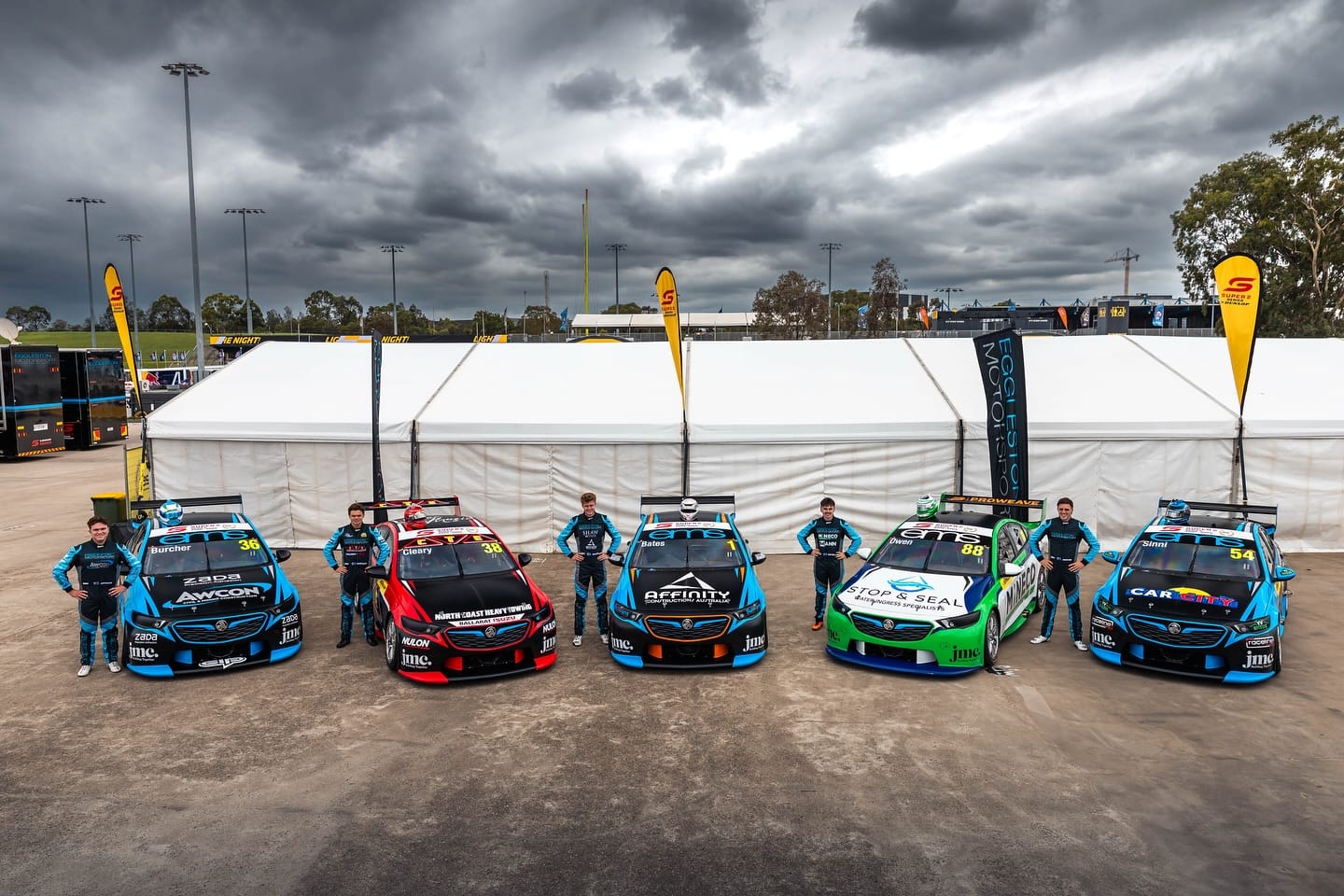
The Case Against Super2
Super2's problems run deep and aren't getting better. The series runs expensive, outdated Gen2 machinery with no formal transition to Gen3 Supercars planned until 2027. This creates an absurd situation where Australia's premier feeder category runs equipment that is becoming increasingly disconnected from the main championship.
The transition to Gen2 machinery brought significant cost challenges, which Supercars leadership has acknowledged. Teams struggle to source suitable machinery and manage expenses. At the same time, drivers invest in technology that's already a generation behind, and there has been no clear upgrade path for years. The cost barriers are pushing teams out of the category entirely.
Super3's complete collapse – axed for 2025 after grid numbers fell to just two or three cars per round – demonstrates where this model leads. When the 2024 Adelaide finale couldn't field a single Super3 car, it wasn't just the end of a category; it was proof that the traditional hand-me-down model was broken.
The fundamental problem is that Super2 has become a dead-end investment. Competitors pay premium prices for machinery that teaches them to drive cars that are increasingly different from current Supercars, offer limited commercial appeal, and provide no pathway innovation or relevance to the broader automotive market.
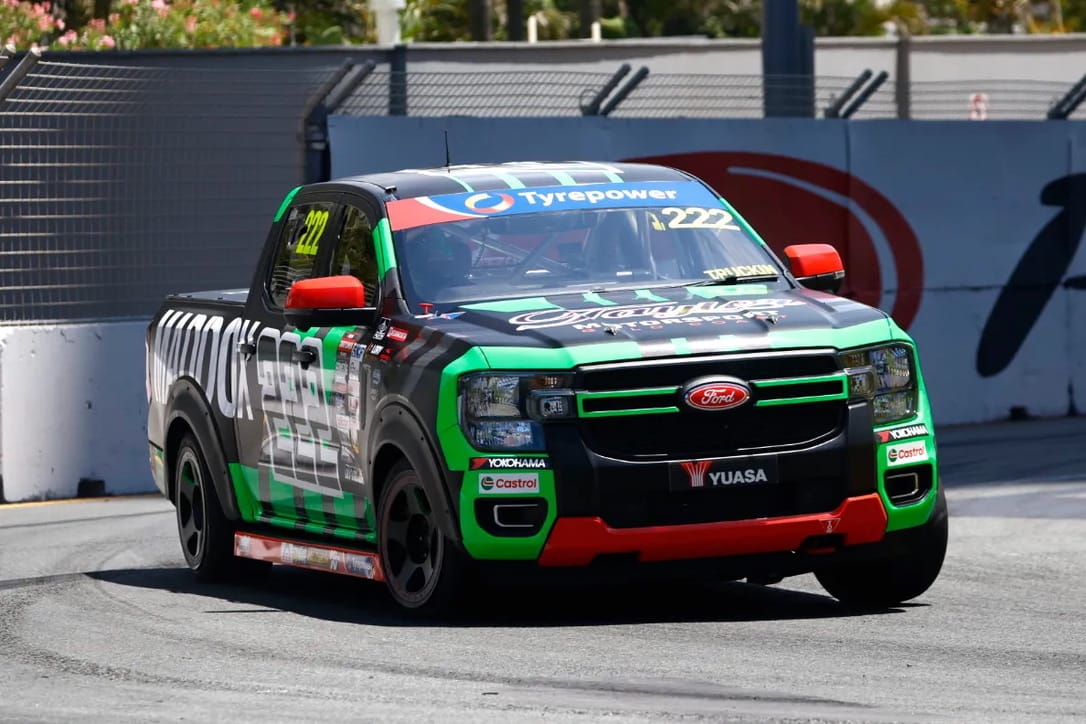
The SuperUte Solution: Technical Innovation Meets Market Reality
Instead of propping up Super2's failing model, Australian motorsport should learn from RAM's NASCAR return and reimagine SuperUte as the primary feeder series.
A re-imagined SuperUte series could leverage proven Supercars technology while creating its own identity. The technical foundation could utilise aspects of Supercars drivetrains at reduced horsepower levels, potentially incorporating elements of the proven Supercars chassis design for safety and performance.
Alternatively, following the successful TA2 and Trans Am models, a standard single-engine supplier could be specified to control costs and ensure competitive parity.
The body style lineup would reflect Australia's complete truck landscape – not just American imports. Alongside Chevrolet Silverados, Ford F-150s, Toyota Tundras, and RAM 1500s, the series could feature racing versions of the Mazda BT-50, Isuzu D-MAX, Mitsubishi Triton, and emerging Chinese brands like the GWM Cannon and MG U9.
This inclusive approach would represent the full spectrum of vehicles Australians buy, from traditional Japanese reliability to American muscle to emerging Chinese technology.
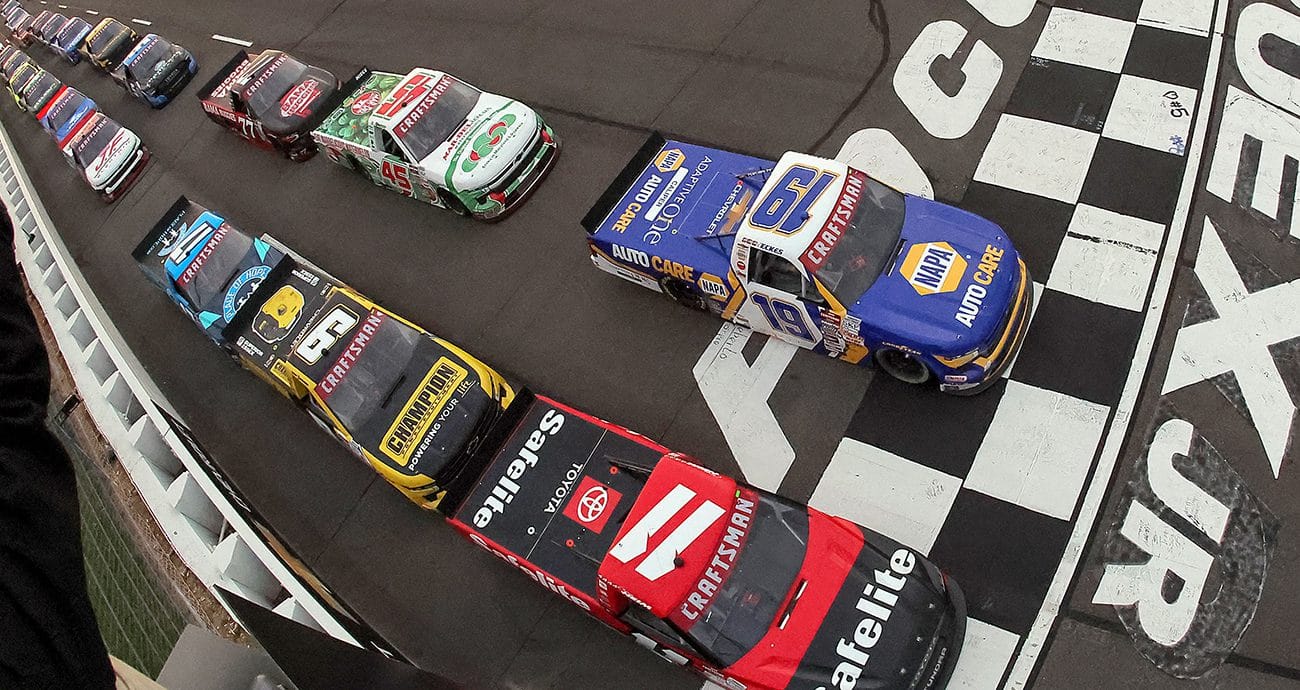
The American Truck Racing Blueprint
NASCAR's Craftsman Truck Series proves the concept works. It is a direct and logical stepping stone to the Xfinity Series and Cup championship. It features purpose-built racing machines that share genuine DNA with America's best-selling vehicles. Drivers like Kyle Busch, Martin Truex Jr., and countless others honed their skills in trucks before graduating to NASCAR's premier divisions.
The series provides wheel-to-wheel racing that's both spectacular for fans and educational for drivers. It teaches racecraft, pit strategy, and vehicle dynamics that translate directly to higher categories. Crucially, the trucks racing on track bear a meaningful connection to the vehicles many fans drive home from the circuit.
RAM's return validates this approach. The brand's willingness to invest in truck racing after 13 years away, combined with their aggressive plans for disruption, demonstrates that major manufacturers see pick-up truck racing as commercially viable and strategically important.
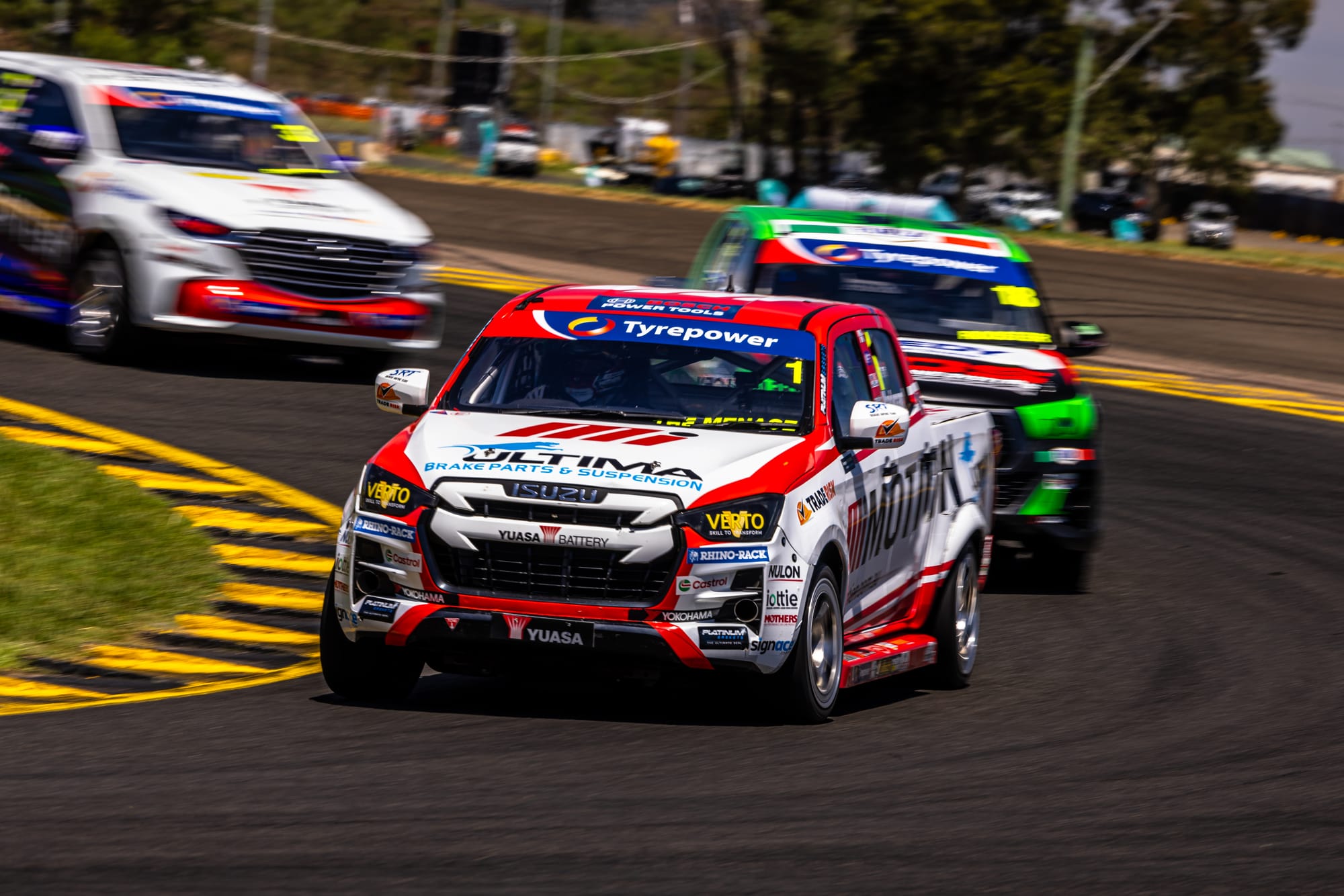
Australia's Complete Truck Market Reality
The timing couldn't be better for this transformation. RAM's return to NASCAR demonstrates that major manufacturers see truck racing as commercially viable.
As RAM CEO Tim Kuniskis noted, "20 million people are NASCAR fans... 50 per cent of them drive a pick-up truck" – and the mathematics are similarly compelling in Australia.
The American truck segment has exploded locally. The Chevrolet Silverado has established itself as a serious player in the Australian market, offering the performance and capability that Australian tradies and recreational users demand. Ford's F-150, despite being a relative newcomer to right-hand-drive markets, has generated enormous interest and represents Ford's commitment to the Australian truck segment. Toyota's Tundra brings Japanese reliability to the American truck formula. At the same time, RAM's 1500 has cultivated a devoted following among those seeking full-size American capability.
But Australia's truck market extends far beyond American imports. Traditional players like the Mazda BT-50, Isuzu D-MAX, and Mitsubishi Triton remain strong sellers while emerging Chinese brands like GWM with its Cannon and MG with the upcoming U9 are capturing increasing market share with competitive pricing and improving quality. A truly representative Australian truck racing series would include all these manufacturers, creating unprecedented diversity and commercial opportunity.
These aren't niche vehicles anymore – they represent the complete spectrum of what Australians drive for work and recreation. A racing series featuring this full range would resonate across multiple market segments in ways Super2 cannot match.
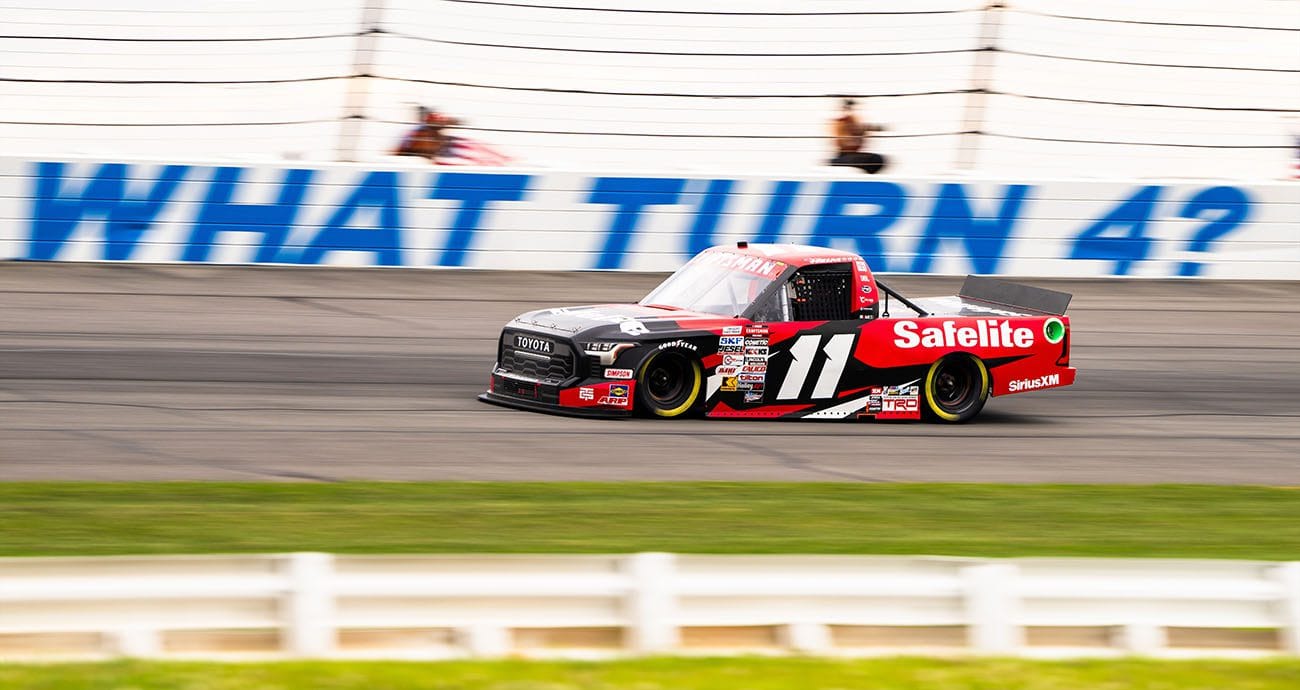
Commercial and Competitive Advantages
From a commercial perspective, RAM's NASCAR return writes the business case for Australian truck racing. Ford, GM, Toyota, Stellantis (RAM), Mazda, Isuzu, Mitsubishi, GWM, MG and others all have significant investments in the Australian pick-up market and would likely support a racing series that showcases their products.
The diversity of manufacturers – from established American and Japanese brands to emerging Chinese players – creates unprecedented sponsorship and marketing opportunities.
The technical approach offers flexibility and cost control. The series could maintain direct relevance to the premier category while controlling costs by utilising Supercars drivetrain technology at reduced horsepower levels. Alternatively, specifying a standard engine supplier following the successful TA2/Trans Am model could ensure competitive parity and reduce expenses. Both approaches would deliver contemporary technology that's directly relevant to driver development.
For competitors, the advantages are transformational. Instead of investing in outdated Gen2 machinery with no upgrade path, they could race vehicles with direct manufacturer backing across multiple brands. The racing would be more relevant to sponsors targeting pick-up buyers, appealing to fans who see their utes represented. It would also be valuable for driver development with contemporary technology and direct Supercars technical connection.
The pathway benefits would be immediate. Racing trucks could teach skills directly applicable to modern Supercars – managing powerful, heavy vehicles, strategic thinking in longer races, and developing racecraft that translates across categories.
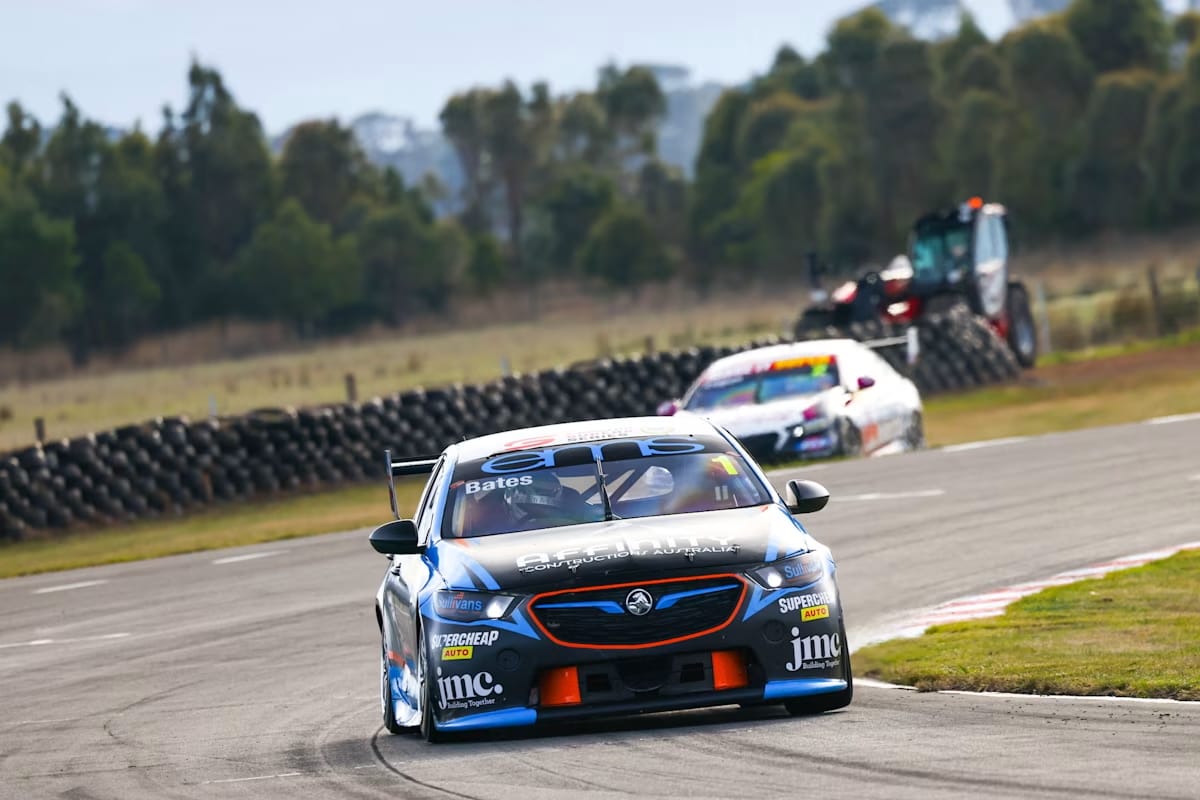
The Choice Australia Faces
The current moment presents a unique opportunity. RAM's return to truck racing validates the platform; American trucks are gaining market share locally, Super3 has collapsed entirely, Super2 is trapped with expensive outdated machinery until 2027, and there's an apparent demand for a more relevant feeder category.
Australian motorsport has always prided itself on innovation and adaptation. The current crisis in feeder categories demands bold thinking, not incremental fixes. Super2's model is broken and worsening, while the SuperUte concept – properly reimagined with American truck racing DNA – offers a genuine solution.
The question isn't whether Australia should replace Super2 with truck racing – it's whether Australian motorsport can afford not to embrace this transformation. The manufacturers are investing in pick-ups, fans are buying pick-ups, and RAM's NASCAR return proves the racing works.
Super2 is yesterday's solution to yesterday's problems. It's time to build tomorrow's pathway category around the vehicles representing Australia's automotive reality.

